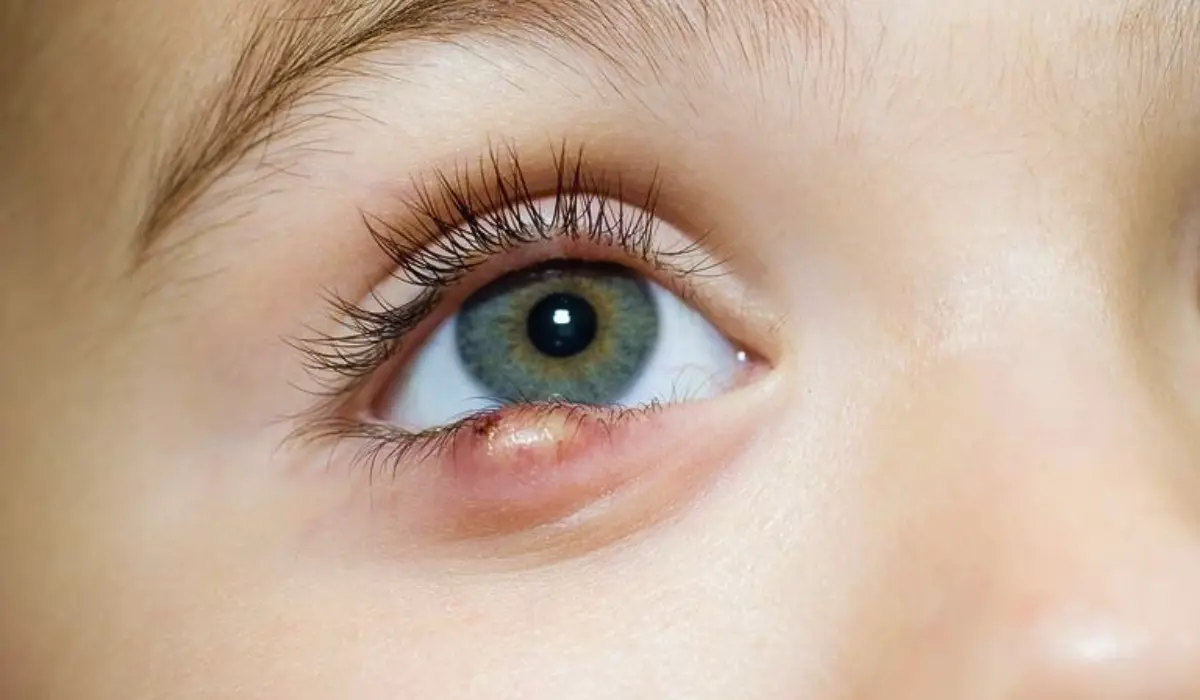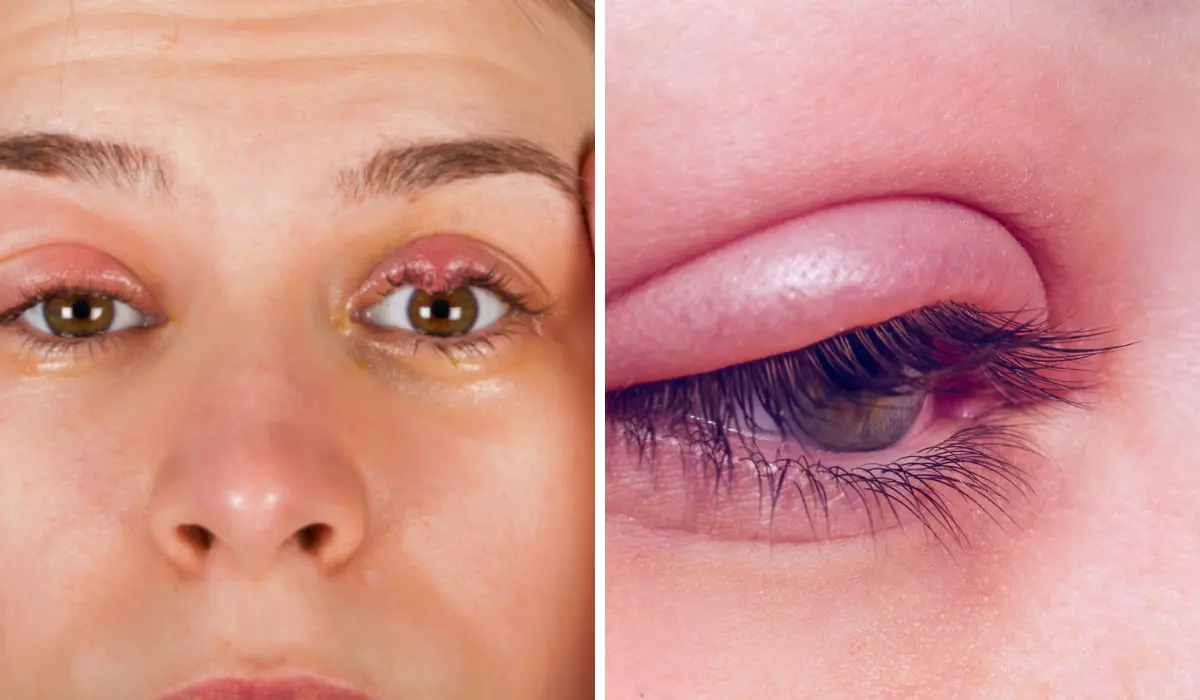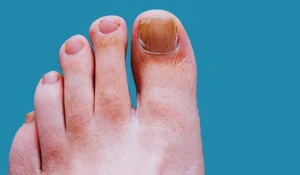Have you ever woken up with a painful, swollen bump on your eyelid? Or perhaps your eyelids have been feeling crusty, itchy, and just plain irritated for days on end? If you’ve experienced either of these issues, you might be dealing with a stye or blepharitis. Don’t worry, we’re here to help you understand the differences between these two pesky eyelid problems.
What Is A Stye?
In simple terms, a stye (pronounced “sty”) is a red, painful lump that forms on the edge of your eyelid. It’s like a little pimple that’s decided to take up residence in your eye! Styes are usually caused by a bacterial infection or a blocked oil gland in that area.

When the oil gland gets clogged, it can swell up and form that unmistakable bump. Styes can be really uncomfortable, causing swelling, redness, tenderness, and sometimes even a little pus.
It’s like having a tiny volcano erupting on your eyelid! The pain and discomfort can make it difficult to wear contact lenses or apply makeup until the stye resolves.
What Is Blepharitis?
Blepharitis, on the other hand, is a chronic condition that causes inflammation of the entire eyelid. Instead of a single bump, blepharitis makes your eyelids feel like they’re in a constant state of irritation.
Symptoms of blepharitis can include redness, swelling, crusting, itching, and even a burning sensation, as outlined by the Centers for Disease Control and Prevention. It’s like your eyelids are having a never-ending tantrum, and you’re caught in the middle! The persistent discomfort can interfere with your daily activities and even affect your vision if left untreated.
Blepharitis can be caused by a variety of factors, such as bacterial infections, skin conditions like seborrheic dermatitis, or even tiny mites living on your eyelids (yikes!). It’s a persistent problem that just won’t leave your eyelids alone.
Stye Vs Blepharitis: Key Differences
Now that we’ve introduced these eyelid troublemakers, let’s dive into the main differences between stye and blepharitis:
- Location: A stye is a localized bump that forms on a specific spot on the eyelid, usually near the base of an eyelash. Blepharitis, on the other hand, affects the entire eyelid, causing generalized inflammation and irritation.
- Duration: A stye is typically a one-time occurrence that resolves within a week or two, while blepharitis is a chronic condition that can flare up repeatedly, making it a long-term issue.
- Causes: While both conditions can be caused by bacterial infections or blocked glands, blepharitis has a wider range of potential causes, including skin conditions, allergies, and even mite infestations.
- Symptoms: Both stye and blepharitis can cause redness, swelling, and discomfort around the eyelids. However, a stye is more likely to cause a visible, localized lump or pimple-like bump, while blepharitis may cause more generalized crusting, flaking, and irritation along the entire eyelid.
- Treatment: While warm compresses and good hygiene are recommended for both conditions, treating a stye often involves avoiding squeezing or popping it, while blepharitis may require additional treatments like medicated eye drops or ointments to manage the chronic inflammation, as recommended by the American Academy of Ophthalmology.
How Deal With Stye And Blepharitis?
If you suspect you’re dealing with a stye or blepharitis, it’s important to see your eye doctor for proper diagnosis and treatment. Here are some general tips for managing these eyelid issues:
For Styes:
- Apply warm compresses to the affected area for 10-15 minutes, several times a day. This can help the stye drain and heal more quickly, as advised by the NEI.
- Avoid squeezing or popping the stye, as this can lead to further infection or scarring, warns the CDC.
- Practice good hygiene by washing your face and hands regularly and avoiding touching the stye area unnecessarily.
- If the stye doesn’t improve within a week or two, or if you develop vision problems or severe pain, seek medical attention promptly. In some cases, your doctor may need to drain the stye or prescribe antibiotic eye drops or ointments.
For Blepharitis:
- Use warm compresses and gentle eyelid scrubs to help remove crusting and debris.
- Your eye doctor may prescribe antibiotic ointments, medicated eye drops, or oral antibiotics to help manage the inflammation and infection.
- Follow your doctor’s recommendations for managing any underlying skin conditions or allergies that may be contributing to blepharitis.
- Practice good eyelid hygiene and avoid wearing eye makeup during flare-ups, according to the NEI.
- In severe cases, your doctor may recommend steroid eye drops or other medications to control the inflammation associated with blepharitis.
Preventing Stye And Blepharitis
While it may not be possible to completely prevent styes or blepharitis, there are some steps you can take to reduce your risk:
- Practice good hygiene: Wash your face regularly and avoid touching your eyes with unclean hands.
- Remove makeup and contact lenses before bedtime: Leaving makeup or contacts on overnight can increase the risk of eye infections and irritation.
- Clean your contact lenses and cases properly: Follow your eye doctor’s instructions for cleaning and replacing your contact lenses and cases regularly.
- Manage underlying conditions: If you have skin conditions like seborrheic dermatitis or rosacea, work with your doctor to control flare-ups and keep them well-managed.
- Avoid sharing personal items: Don’t share eye makeup, towels, or other personal items that could transfer bacteria or infections.
Also Read: 10 Worst Foods For Eye Health: Protect Your Vision
Conclusion:
Stye vs blepharitis – these two eyelid issues may seem similar at first glance, but they have distinct differences in their causes, symptoms, and treatment approaches. While styes are typically acute, isolated bumps, blepharitis is a chronic condition that affects the entire eyelid.
Regardless of which issue you’re dealing with, it’s crucial to seek proper medical advice and follow your eye doctor’s recommendations. Neglecting these eyelid problems can lead to further complications and discomfort, as highlighted by the CDC.
Remember, your eyes are precious, and taking care of them should be a top priority. By understanding the differences between stye and blepharitis, you can take the necessary steps to manage these conditions effectively and maintain optimal eye health.
Don’t let eyelid troubles dampen your spirits or impact your vision – take action and give your eyes the love and care they deserve!
References
- “Eye Health Topics: Stye” – National Eye Institute (NEI) Link: https://www.nei.nih.gov/learn-about-eye-health/eye-conditions-and-diseases/stye
- “Blepharitis” – National Health Service (NHS), United Kingdom Link: https://www.nhs.uk/conditions/blepharitis/
- “Eye Diseases and Disorders” – Centers for Disease Control and Prevention (CDC) Link: https://www.cdc.gov/visionhealth/basics/ced/index.html







